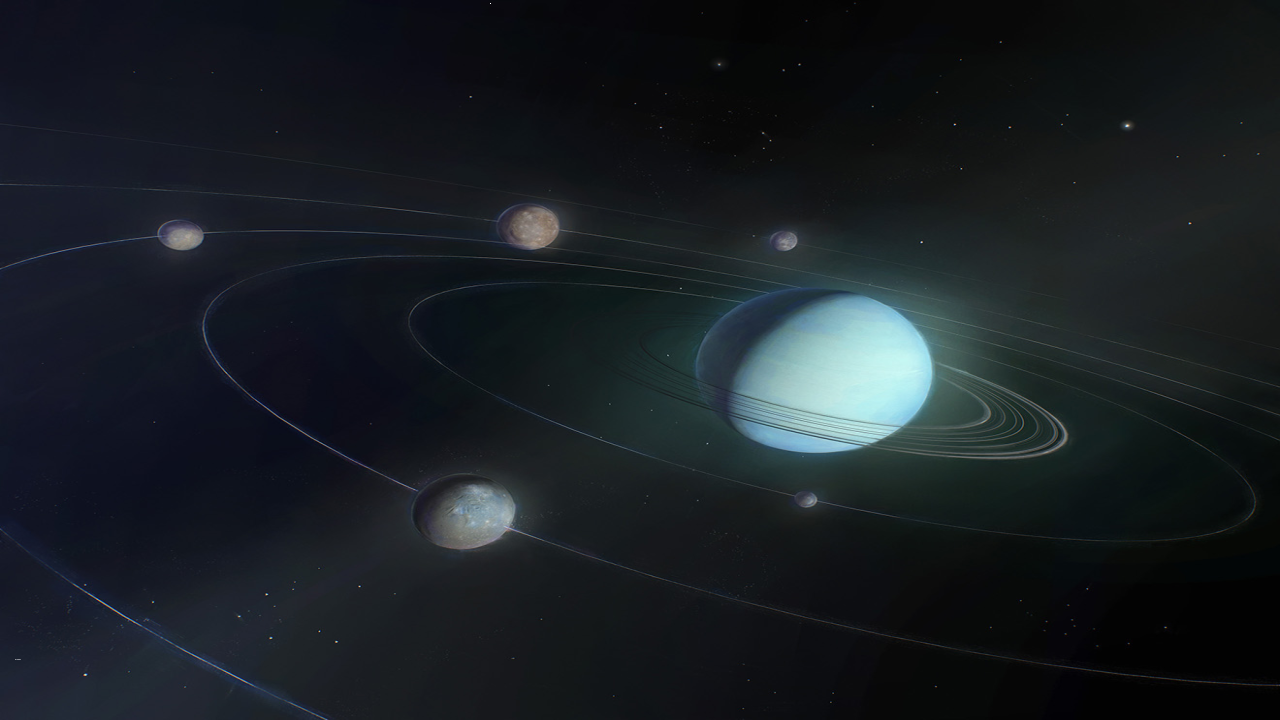Deep Oceans Beneath Ice Capped Surfaces of Uranus’ Four Moons
In a new study, NASA scientists have found that there can be water in the four large moons of Uranus, namely Ariel, Umbriel, Titania, and Oberon. The Voyager-2 spacecraft data from the 1980s and cutting-edge computer models were re-analyzed, leading to this groundbreaking discovery. The study suggests that these four moons of Uranus may contain vast, deep oceans beneath their icy surfaces, which was earlier not thought possible.
Evolution and Composition of Uranus’ Moons
The new study on Uranus’ moons is significant as it discusses their evolution, interiors, and composition. Previous research indicated that the moons were unable to preserve the necessary internal heat. Titania was considered most likely to retain internal heat caused by radioactive decay as it is larger in size compared to the other moons. However, according to the new study, it is probable that the biggest moons of Uranus contain an oceanic layer that exists between their icy crusts and cores.
The computer models used in the study suggest that the surface of the moons is insulated enough to maintain the internal heat required for an ocean. The research also indicates that the oceans in these moons are probably saturated with ammonia and chlorides, which function as a type of antifreeze for the oceans.
Further Studies Required
NASA scientists will conduct further research to better understand the composition of the atmosphere of Uranus’ moons. While there is no scientific evidence about life on Uranus, the discovery of water in these moons is a significant step towards understanding the possibility of life on other planets.
Month: Current Affairs - May, 2023
Category: Science & Technology Current Affairs


